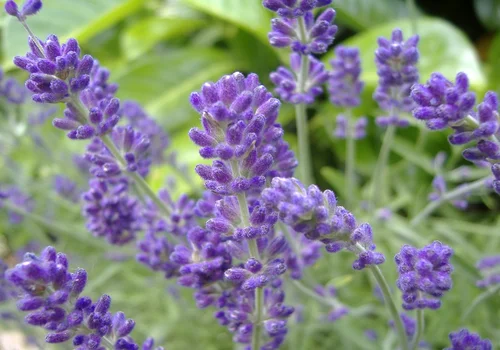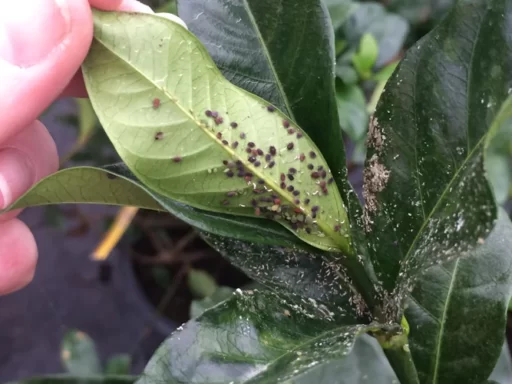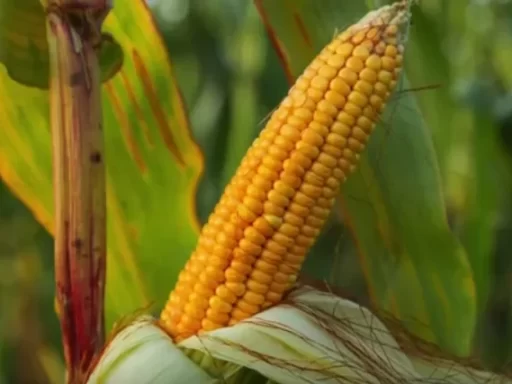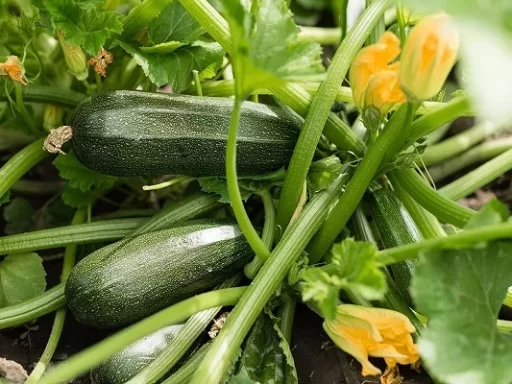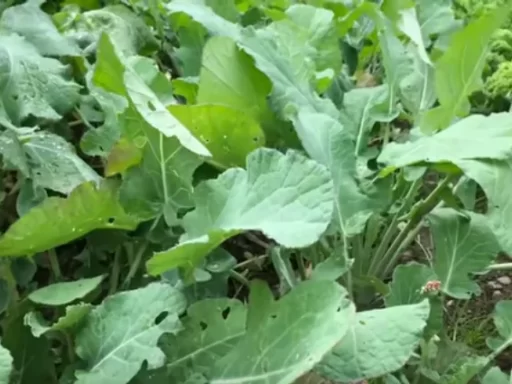Gardening is a fulfilling and enjoyable hobby, but it can also be time-consuming and sometimes tricky. However, with the right hacks, you can transform your gardening experience, making it more productive and enjoyable without extra effort. In this article, we share 10 essential gardening hacks that will help you grow a thriving garden with less hassle. Whether you’re a beginner or an experienced gardener, these tips will save you time, energy, and resources.
1. Grow Herbs in Water
Herbs are a great addition to any garden, and many of them, like thyme and rosemary, continue to thrive even during the colder months. But what about more delicate herbs like mint and basil? A simple trick is to take cuttings and grow them indoors in water. Place the cuttings in a bright windowsill and change the water regularly to keep it fresh. Within a week, you’ll see roots developing, and your herbs will be ready to use. Once they’ve rooted, you can either plant them in soil or continue growing them in water.
2. Water with Care
Rainwater is the best option for watering plants, but when it’s in short supply, using a hose becomes necessary. However, dragging a hose across your garden can damage delicate plants. To avoid this, thread the hose through croquet hoops or similar supports to guide the hose without flattening any plants. As you water, move the hose from one hoop to the next, ensuring your plants stay safe from damage.
3. Reuse Prunings
Don’t rush to throw away pruned branches and trimmings. Thin, twiggy branches can serve multiple purposes around the garden. They are excellent for supporting vining plants like peas, which can weave through the sticks and stay elevated, making them easier to pick and protecting them from pests. Additionally, placing sticks on beds can deter cats from digging in your soil and prevent pigeons from pecking at young seedlings.
4. Team Up with Nasturtiums
Companion planting is an effective gardening technique, and nasturtiums are a fantastic plant to team up with your vegetables. Nasturtiums attract pollinators, improving the chances of pollination for your beans and other crops. Additionally, they act as a trap crop, drawing pests like aphids away from your more vulnerable plants. Later in the season, cabbage white butterflies may lay their eggs on nasturtium leaves, allowing you to remove the eggs and protect your cabbage plants from infestation.
5. Keep Extra Seedlings as Insurance
When sowing seeds, it’s always a good idea to plant a few extras in separate containers. These extra seedlings act as insurance in case your main batch is damaged by pests or bad weather. If all your seedlings survive, you can share the extras with friends and family. It’s always a delight to give or receive free plants!
6. Store Tools Properly
To keep your gardening tools in top shape, it’s essential to store them correctly. Rust can form on tools left in damp conditions, so make sure to dry and oil them regularly. For hand tools, storing them in a bucket of dry sand is a great way to prevent rust while keeping them easily accessible. Additionally, adding bright tape to tool handles will make them easier to spot in the garden, reducing the chances of losing them.
7. Speed Up Clean-Up with a Tarp
Cleaning up leaves and prunings can be time-consuming, especially over large areas. A handy trick is to use an old bed sheet or tarp. Spread the tarp on the ground and rake leaves or debris onto it. Once it’s full, simply lift the tarp and carry everything to your compost pile or waste bin. This method is much faster and more efficient than using a wheelbarrow, especially for light materials like leaves.
8. Test Old Seeds for Germination
Before discarding old seeds, perform a simple germination test to see if they’re still viable. Place a few seeds on a damp paper towel, fold the towel over, and store it in a lidded container. Keep the container moist and warm, and check it after about a week. If more than 50% of the seeds sprout, they’re still good to use. This test helps you avoid wasting seeds and ensures you only plant viable ones.
9. Weeding After Rain
Weeding can be a tough job, especially in dry, hard soil. Make the process easier by weeding after it rains or after watering your garden. Moist soil loosens weeds, allowing you to pull them out more easily, roots and all. This ensures the weeds don’t regrow and makes the process faster and less strenuous.
10. Mark Out Sown Rows for Easy Maintenance
Slow-germinating seeds like parsnips can be tricky to manage, as they take time to show above the soil. To avoid accidentally disturbing the area, mark out your rows when you sow the seeds. You can use a string line to clearly indicate where your seeds are planted. Leave the string in place until the seedlings have emerged, and this will help you weed around them without fear of pulling out precious seedlings by mistake.
Conclusion
Gardening doesn’t have to be labor-intensive if you use the right techniques. These 10 gardening hacks are designed to make your time in the garden more efficient, enjoyable, and productive. From growing herbs indoors to keeping your tools in top condition, these tips will help you maintain a beautiful garden with less effort. Try incorporating these strategies into your routine, and you’ll see a big difference in how much easier gardening becomes.
Frequently Asked Questions
1. How do I keep herbs fresh during the winter?
You can grow herbs like mint and basil indoors in water. Change the water regularly, and they should stay fresh and even develop roots, allowing you to plant them later.
2. What is the best way to store gardening tools?
To prevent rust, store tools in a dry location. You can also keep hand tools in a bucket of dry sand, which keeps them dry and easily accessible.
3. Can I reuse prunings in the garden?
Yes, thin branches can be used to support vining plants like peas or to deter cats and pigeons from disturbing newly planted beds.
4. How can I attract more pollinators to my garden?
Planting nasturtiums is a great way to attract pollinators. They also act as a trap crop, drawing pests away from your other plants.
5. What should I do with old seeds?
Before throwing out old seeds, perform a germination test. If over 50% of the seeds sprout, they’re still viable and can be planted.
6. What’s the easiest way to clean up leaves in the garden?
Using a tarp or old bed sheet makes it easy to rake leaves and transport them to your compost pile or waste bin.
7. When is the best time to weed?
The best time to weed is after it rains or after watering your garden. The moist soil loosens the weeds, making them easier to pull out by the roots.

